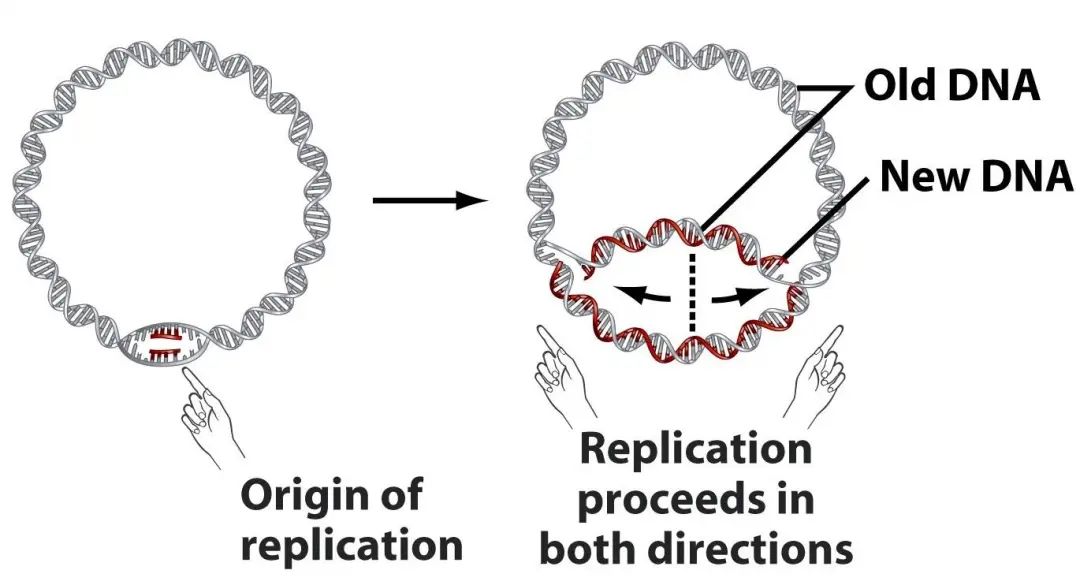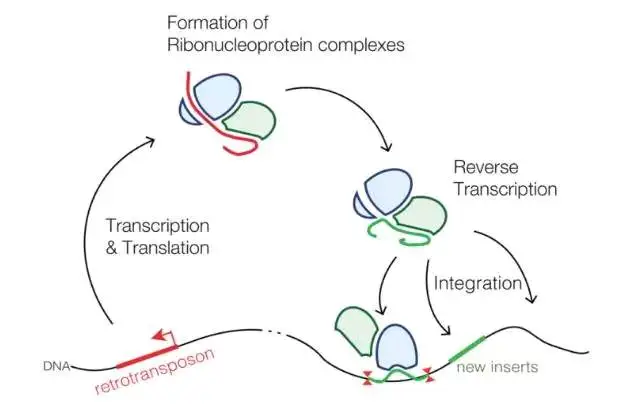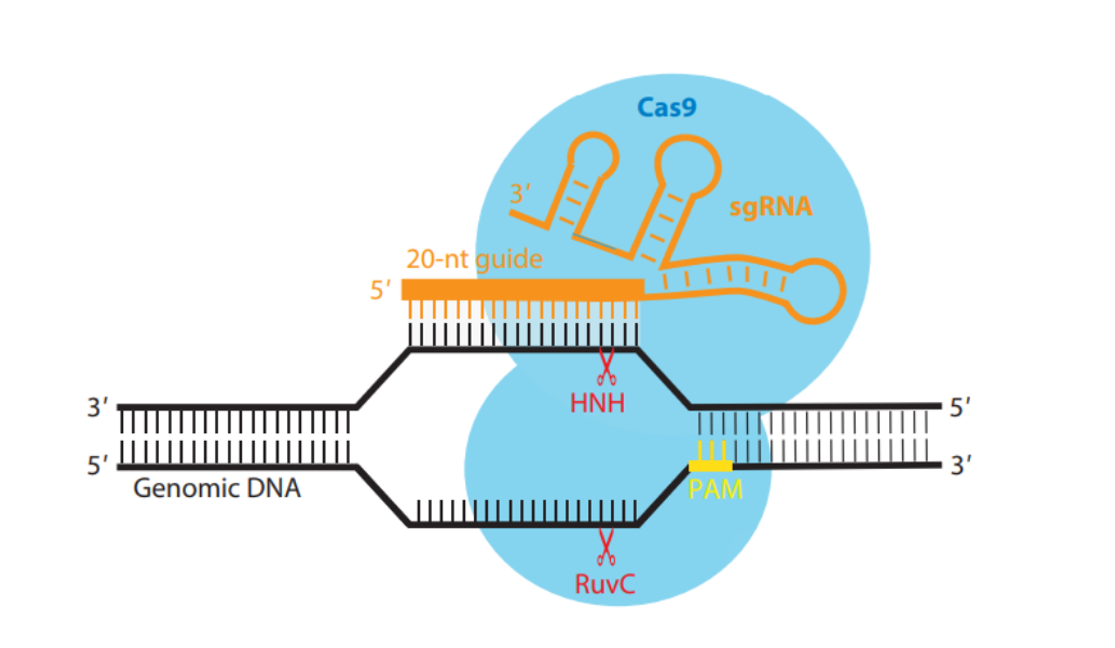Proteins are one of the most important molecules in living organisms, with an extremely wide range of functions and roles. Traditionally, researchers can use cell expression systems to prepare the required proteins and conduct in-depth research on them. However, due to factors such as cell growth, maintenance, and contamination, the cell expression system faces some bottlenecks and challenges, especially in high-throughput production and customized protein production.
In order to overcome these limitations and provide more options for efficient protein preparation and research, cell-free protein expression technology has emerged. It has been used as a fundamental research tool in life sciences for over fifty years, and recent technological developments have promoted high production of cell-free protein expression. Unlike traditional cell expression systems, cell-free expression systems can complete protein synthesis under in vitro conditions and have advantages such as high efficiency, convenience, flexibility, and high purity. With the development of technology, cell-free protein expression technology is becoming one of the emerging technologies that receive much attention in the fields of biomedicine and basic research.

Figure 1: Development of cell-free protein expression systems
Overview
Cellular free protein expression is an in vitro recombinant protein expression technique, also known as cell free protein synthesis (CFPS). It refers to the use of cell lysates containing essential components for protein synthesis (ribosomes, transport RNA, aminoacyl synthetases, initiation/extension/termination factors, guanosine triphosphate, ATP, Mg2+, and K+) for protein synthesis in vitro.
The cell-free protein expression technology is suitable for preparing various types of proteins, including difficult to express proteins, toxic proteins, complex proteins, etc. Widely concerned and applied in fields such as drug research, biomanufacturing, and life sciences, whether in research, development, or commercial applications. At present, cell-free protein expression is mainly applied in the field of drug development, such as antibody preparation and biopharmaceutical production. With the continuous development of artificial intelligence technology, cell-free protein expression technology can be combined with artificial intelligence algorithms to build computer-aided high-throughput production systems, achieving personalized and accurate biomedical treatment. In addition, it can also be applied in other fields, such as genetic engineering, environmental protection, and agricultural production. With the continuous development of cell-free protein expression technology and the continuous progress of artificial intelligence technology, we can see more new fields and applications emerging, bringing more opportunities and challenges to the biotechnology industry.

Figure 2: Workflow of typical cell-free protein expression
Technical Principles
The CFPS system uses components from crude cell lysates of microorganisms, plants, or animals to synthesize proteins. The commonly used crude extracts are Escherichia coli, rabbit reticulocytes, wheat germ (WGE), insect cells, or commercially available purified recombinant element systems (PURE). The preparation of CFPS system is a simple process, in which the target cells grow overnight, dilute, and further grow until the optical density reaches 0.8 to 1.0. Afterwards, the cells are harvested and sonicated to extract cell lysates. Then, a buffer mixture containing necessary cofactors, energy sources, nucleotides, substrates, amino acids, and tRNA was added to the cell extract to convert it into CFPS and cell-free transcription translation (TX-TL) systems.
The general scheme of the CFPS system is shown in Figure 3, which uses a buffer containing necessary cell lysates and DNA (linear or plasmid), as well as related energy sources, nucleotides, amino acids, salts, and cofactors, to jointly maintain the reaction to synthesize the product of interest. The synthetic products of CFPS may vary due to various chemical or biological components, including viruses, therapeutic agents, antibodies, chemicals, biofuels, and proteins. When synthesizing such products, the CFPS system has direct advantages over in vivo systems, especially considering the relative speed, simplicity, and effectiveness of this technology. Usually, the internal system is time-consuming and often involves more steps than the CFPS system.

Figure 3: Schematic diagram of CFPS system conducted in a single tube
Related Services
Protein expression in insect cells
Protein expression in E. coli service
Protein expression in mammalian cells
Technical details
1.reaction system
The construction of the reaction system is crucial for cell-free protein expression experiments. To ensure the efficiency and reproducibility of the reaction, it is necessary to carefully construct the reaction system, including selecting appropriate templates, chemicals, electrolytes, antioxidants, and various tools.
2.Reaction conditions
It is necessary to adjust the reaction conditions according to the experimental requirements, including temperature, ion strength, pH, reaction time, and other aspects, which are conducive to promoting nucleotide transcription and translation, as well as protein self-assembly and formation.
3.Production scale
Cellular free protein expression technology can expand production scale and improve production efficiency, but it is necessary to ensure the stability and repeatability of the reaction system, as well as the cleanliness and disinfection of the reaction environment to avoid the entry of other pollutants, which can affect the purity and activity of proteins.
Technical advantages
1.Higher protein expression levels
Traditional live cell protein expression techniques are limited by various factors within the cell itself, and the number of expressed proteins is often limited. The cell-free protein expression technology not only avoids the limitations faced by traditional live cell expression by conducting synthetic reactions in an environment with high substrate concentration in vitro, but also effectively controls the reaction system, thereby obtaining proteins with higher expression levels.
2.Faster expression speed
Traditional live cell protein expression requires cell growth and optimal density before protein expression can occur, which often takes several days. However, cell-free protein expression technology usually only takes a few hours to complete protein expression, which is significantly faster than traditional live cell expression technology.
3.More precise protein synthesis
Cellular free protein expression technology is used for protein synthesis in vitro, which can precisely control parameters such as substrate concentration, reaction temperature, and reactant ratio. Therefore, it can more accurately synthesize customized proteins, which is of great significance for research and application.
4.More flexible control
In cell-free protein expression technology, separated component systems can be used for protein synthesis, the ratio of substrates and reactants can be controlled, and custom modifications can be made under appropriate reaction conditions, such as protein labeling and pharmacodynamic analysis. These advantages make cell-free protein expression technology more flexible and controllable, suitable for a wider range of application fields.

Figure 4: Comparison of in vivo cellular and in vitro cell-free protein synthesis
Application
Cellular free protein expression technology is a rapidly developing new biotechnology with broad application prospects and potential. This technology can quickly, efficiently, and economically synthesize proteins, and can be widely applied in multiple fields such as medicine, pharmaceuticals, agriculture, and biomaterials.
1.Medical field
Cellular free protein expression technology is widely used in the medical field and can be used to produce various protein drugs, such as monoclonal antibodies. Among them, monoclonal antibodies are an important therapeutic drug with high specificity and affinity, which can be used for the treatment of diseases such as tumors, cardiovascular diseases, autoimmune diseases, etc. Traditional methods for producing monoclonal antibodies require a significant amount of time and cost, while cell-free protein expression technology can synthesize monoclonal antibodies on a large scale in a short period of time, greatly shortening the production cycle and reducing costs. In addition, cell-free protein expression technology can also be used for vaccine development. For example, the research and development of malaria vaccines is expensive and time-consuming. Currently, using the WGE system can accelerate vaccine development and establish a high-throughput malaria parasite antibody screening system. Stark et al. utilized the portable freeze-dried hydrolysate of Escherichia coli for rehydration to synthesize a biologically coupled vaccine of highly pathogenic pathogen subspecies Tula Francis within 1 hour. Compared with vaccines produced by engineering bacteria, it can trigger higher levels of pathogen specific antibodies.
2.Pharmaceutical sector
The pharmaceutical field is an important application area of cell-free protein expression technology. The success rate of drug development depends on the affinity of drug molecules to target proteins, which are highly sensitive to specific cellular expression systems and classified tissues or organs. Through cell-free protein expression technology, researchers can directly produce a large amount of required proteins without relying on cells, providing a faster and more convenient method for drug development.
3.Basic research field
The use of cell-free protein synthesis systems enables direct nuclear magnetic resonance analysis of expressed products, and the structures of thousands of proteins have been determined so far. Protein arrays can be established by synthesizing proteins to unlock the functions of gene products; The application of ribosomal display and mRNA display technology is more conducive to achieving high-throughput screening and comprehensive in-depth study of gene features and functions. The production and analysis of large proteins can be achieved through cell-free protein expression technology, which also opens up new research areas for basic research.
AI empowers cell-free protein expression
With the continuous development and progress of computer technology, the application of machine learning technology and artificial intelligence based on machine learning in the field of biology is becoming increasingly mature and widespread. Meanwhile, due to the novelty and efficiency of cell-free protein expression technology, the combination of this technology with artificial intelligence technology is also more promising. Currently, artificial intelligence is widely applied in the fields of science and medicine. Artificial intelligence has been applied in experimental design, analysis, and interpretation of results in the study of cell-free protein expression.
On the other hand, the combination of cell-free protein expression technology and artificial intelligence technology can also expand the application scope of the biopharmaceutical field. For example, using cell-free protein expression technology and artificial intelligence technology can quickly and efficiently produce some biomarkers or specific proteins for biological detection and diagnosis. At the same time, artificial intelligence technology can efficiently synthesize biologics with specific effects based on the specific identification of pathological tissues using cell-free protein expression technology, achieving precision medicine and personalized treatment, with broad research and application prospects.
Expectation
Cellular free protein expression technology is a revolutionary technology with very broad application prospects. Through continuous exploration and research, it is believed that this technology will play an increasingly important role in fields such as healthcare, pharmaceuticals, agriculture, and science, bringing more possibilities to human production and life. In the future, combined with AI technology, cell-free protein expression technology is expected to continue to innovate and develop, becoming one of the most important technologies in life sciences on a global scale.

Figure 5: Prospects for cell-free protein expression technology
Reference:
[1] Garenne, D., et al., Cell free gene expression Nature Reviews Methods Primers, 2021 1 (1): p. 49
[2] Silverman, A.D., A.S. Karim and M.C. Jewelt, Cell free gene expression: an expanded repertoire of applications Nature Reviews Genetics, 2020 21 (3): p. 151-170
[3] Khambhati, K., et al., Exploring the Potential of Cell Free Protein Synthesis for Extending the Abilities of Biological Systems Front Bioeng Biotechnol, 2019 7: P. 248
[5] Stark, J.C., et al., On demand biomanufacturing of protective congruent vaccines Sci Adv, 2021 7 (6)
[6] Khambhati, K., et al., Exploring the Potential of Cell Free Protein Synthesis for Extending the Abilities of Biological Systems Front Bioeng Biotechnol, 2019 7: P. 248









